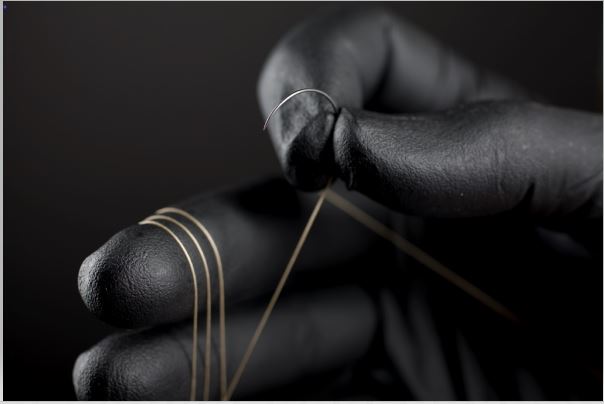Design Considerations for Biomedical Textiles: Fiber vs. Yarn
When terms like “yarn”, “fiber”, and “filament” are used, you might, at first, think that these terms are synonymous. In this blog, we’re going to disentangle the definitions, comb through the types, and dispel the looming cloud of uncertainty, so that you may weave the terms into your sentences with expertise.
When it comes to textiles, there is some additional nuance in the terminology, of which you might not be aware. Fibers, are threadlike strands of material that are significantly longer than they are wide, with an aspect ratio of 100:1. Fibers come in both synthetic and natural forms, ranging from polyesters to silk to cellulose (cotton). Fibers can also be divided up into filament and staple fibers. Filaments are continuous long lengths of fibers (measured in yards or meters) and staple fibers are short lengths (measured in inches). Filament fibers can come in two different forms – monofilament and multifilament – and are produced by extruding polymer through a spinneret to form either a single-strand or multiple-strand filament, respectively.
Yarns are multi-filament meaning they are comprised of a plurality of individual filaments that form a bundle. Yarns are measured in the common textile vernacular of denier, which can be defined as linear density or (mass (g)/9,000 m). Fibers are singular filaments in nature, comprised of a lone solid filament. The choice between using a monofilament or multifilament depends on the target application. For example, a monofilament will have decreased surface area and will be more rigid, compared to a similarly-sized multifilament. Multifilament-based meshes have superior drapability, and a noticeably softer texture, over monofilament-based meshes. Furthermore, your application may need to alter the filament’s denier (linear density) or tenacity (tensile strength), which we can tailor using our variety of polymers or by varying process parameters.
If you are looking to use an extruded bioresorbable fiber or textile in your next medical product, contact us at sales@poly-med.com for more information.



